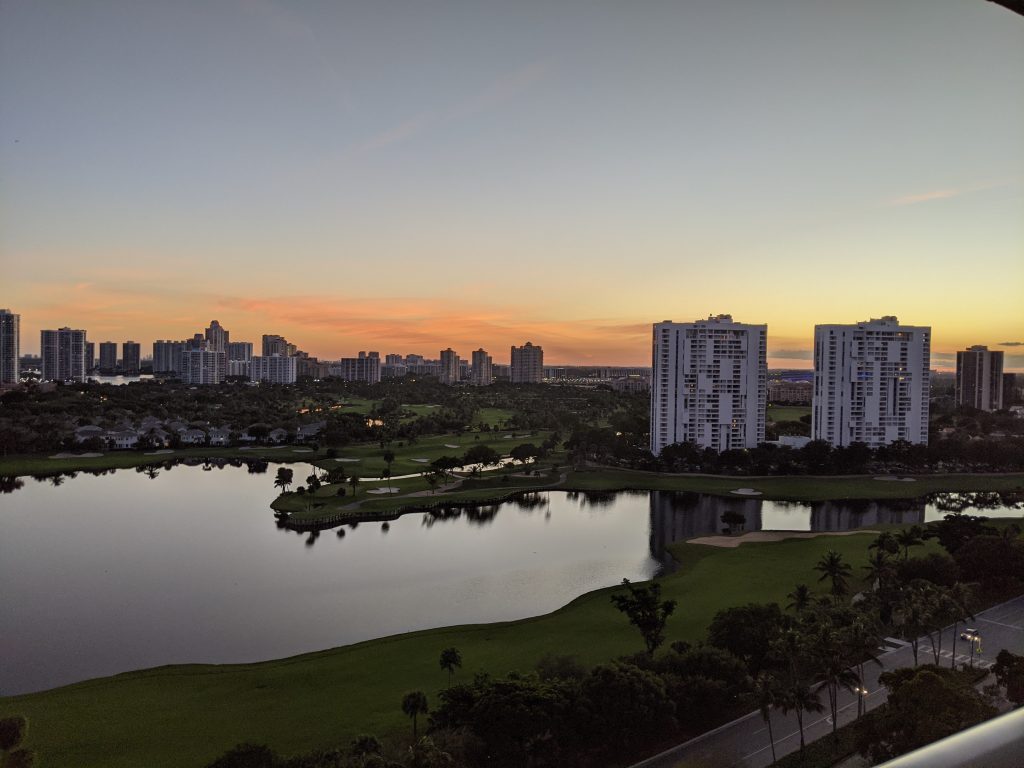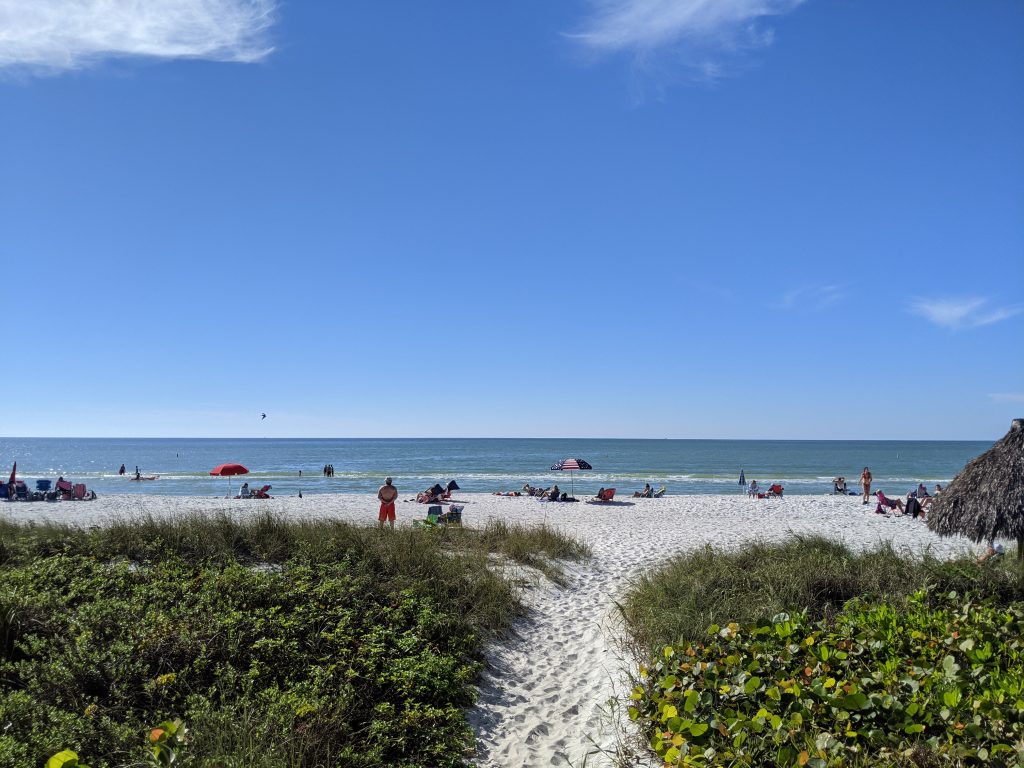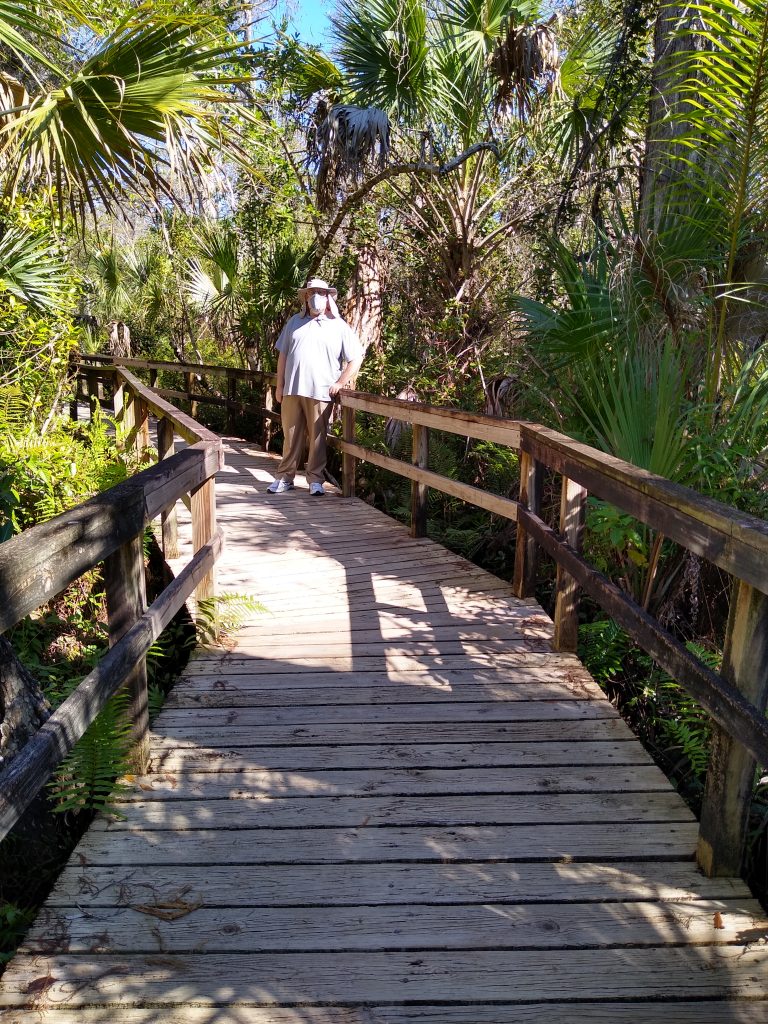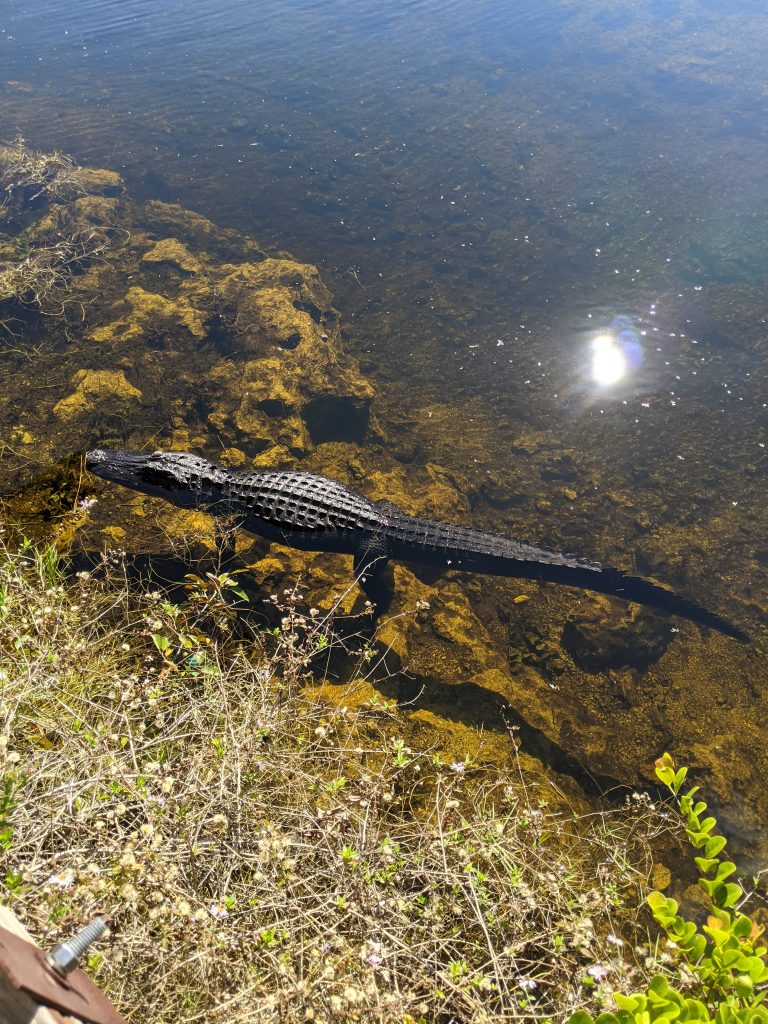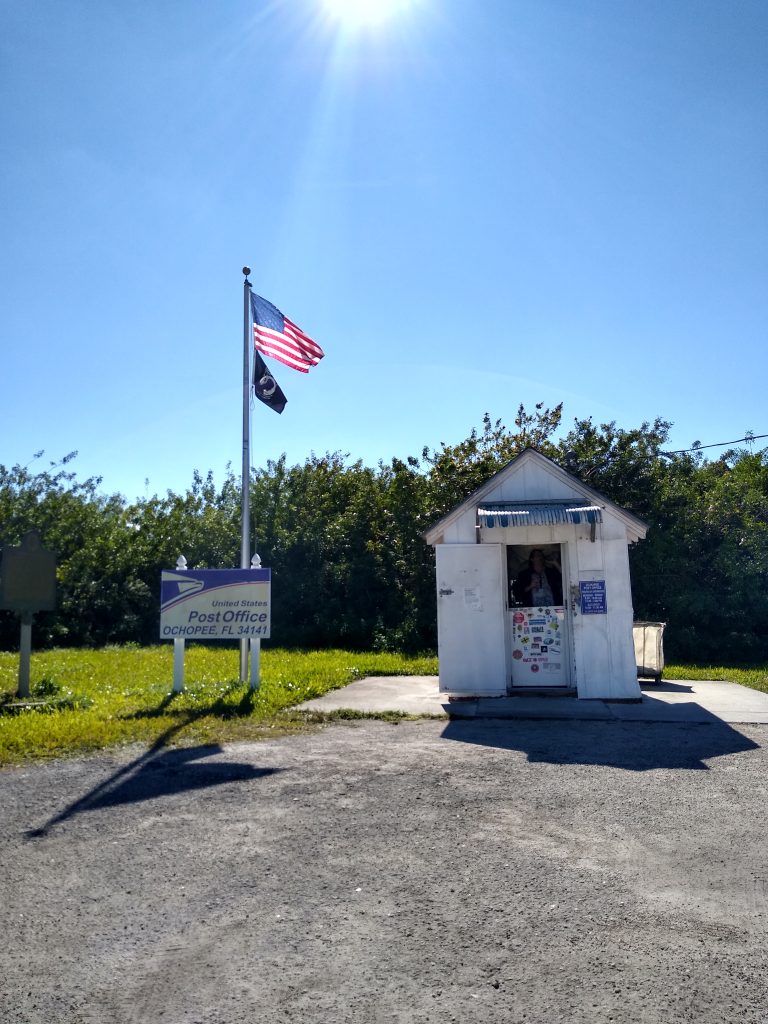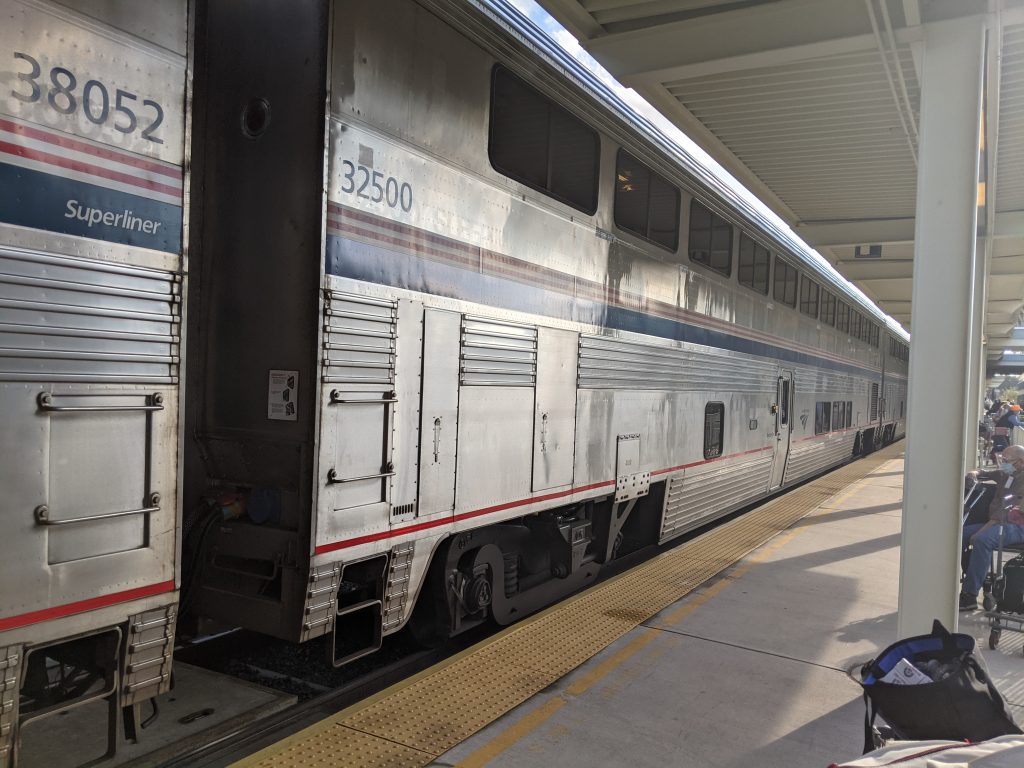The AutoTrain – November 2020
Unwilling to travel by plane, they opted for ground transit to Florida. the best option for this, without having to drive the roughly 1300 miles, is the Auto Train.

The Auto Train runs from Lorton, VA, near Washington DC to Sanford, FL which is near Orlando. It makes one rest stop for crew at the halfway point in Florence, SC. There are no passenger stops.
One train operates in each direction daily, leaving its terminus at the same time.
The Auto Train is unique for Amtrak in that it contains car carriers where you can bring your automobile. This worked perfectly for our needs. We drove from New York to Lorton and gave over our car.
The train has a maximum capacity of 320 vehicles. In order for you to buy a ticket, you must be bringing a car. Otherwise, there are other Amtrak trains.
To avoid traffic, we picked November 26…Thanksgiving Day. According to the announcement made, the train had 47 coach passengers, 141 sleepers, 114 vehicles and no motorcycles. So, about a third full.
My previous time on the Auto Train was May 10, 2010, from Sanford to Lorton. During that trip, where I wanted to experience the Auto Train, I’d been in a coach seat. As the whole purpose of this trip was isolation, this was the first time I got to experience a bedroom.
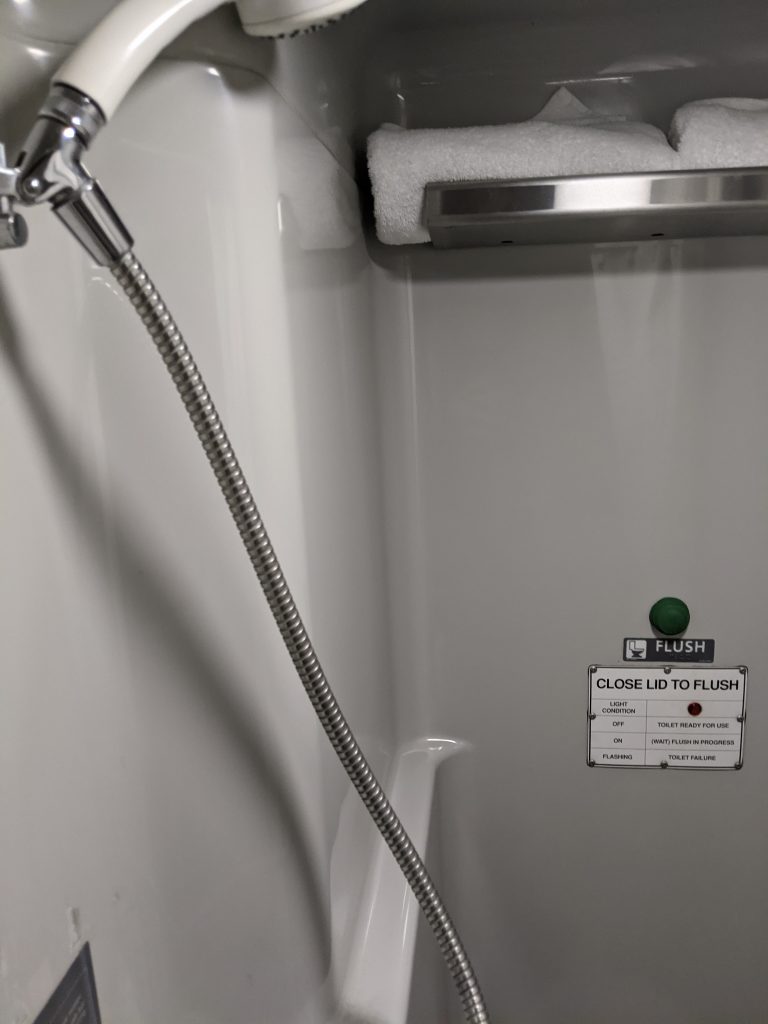

 Amtrak offers roomettes, which do not include a bathroom and shower(it’s down the hall), and bedrooms, which include a combination bathroom shower. We opted for the bedroom so we could isolate.
Amtrak offers roomettes, which do not include a bathroom and shower(it’s down the hall), and bedrooms, which include a combination bathroom shower. We opted for the bedroom so we could isolate.
Except when the attendant helped us set up the beds, and when we received our meals, we did not leave the room for the entire trip. As of this January, coach passengers do not have meals included in their fare, however, those who have rooms do and they will bring the food to your room.
Taking the train is an experience that I encourage. The advantage of the Autotrain is this….you bring your car along. On arrival in Sanford, we waited till they offloaded our car…wiped it with disinfectant, sprayed Lysol, and went on our way.
During the pandemic, Amtrak is requiring mask wearing at all times in their stations and on their trains, unless you have a room, in which case you may remove your mask in there only. They claim to clean the train thoroughly between uses, however we took no chances and disinfected it ourselves.
The last Amtrak train I’d taken before this was from San Diego to Anaheim in September 2019. Prior to that, Baltimore to New York City. I think Amtrak is best suited to the medium-distance journeys of 5 hours or less. But a long distance train trip is a unique adventure.
The Tamiami Trail
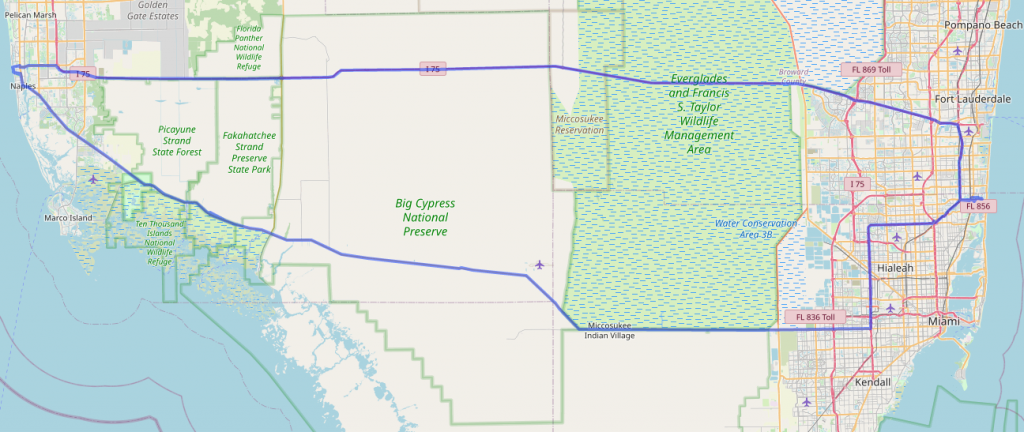
Taking some time off that needed to be used before the end of the year, and today, took a trip on the Tamiami Trail. This is part of my continued effort to get out, but yet avoid close contact with groups of people.
The Tamiami trail runs from Tampa to Miami, thus the name. We drove from Miami to Naples, Florida. The Trail opened in 1928, but since 1968 when Alligator Alley(now I-75 from Naples to Miami) opened, it has been more sparsely used.
Along the early part of the route is the Dade-Collier Training Airport, whcih was meant to be a large Miami airport, but was halted after only one runway was built. The airport’s callsign is amusingly TNT. 2.6 million sticks of dynamite were used to build the Tamiami trail.
The Trail forms the northern border of Everglades National Park, which is the third-largest park in the United States. The trail is the dividing line between the Everglades National Park and the Big Cypress National Preserve. The Preserve is a cypress swamp, compared to the Everglades which is a submerged prairie.
Our first stop was the Oasis Visitor Center, which is a former airport hanger/restaurant, which adjourns the Oasis Ranger Station airport. While we didn’t go inside, we were able to, shown by a dedicated park ranger, see some alligators.
We also made a brief photo stop at the Ochopee Post Office, which was a former storage shed that serves a region of 130 miles.
From there, we headed to the Big Cypress Bend Boardwalk. This takes you into yet another park, the Fakahatchee Strand State Park. We walked a bit of the boardwalk, which goes about a half mile into the park. If you weren’t looking for it, you wouldn’t find the boardwalk. We parked at a closed building, and walked a dirt trail off the highway until we found the boardwalk, which continued for another half mile.
After that, the road passed through the Picayune Strand State Forest, and the Ten Thousand Islands National Wildlife Refuge. The Ten Thousand Islands are a chain of hundreds(not thousands) of islands that are mostly uninhabited.
The road also passes along the Miccosukee reservation and multiple villages.
Our final destination was Naples, Florida. there, we got a look at the Gulf Of Mexico at Lowdermilk Park, one of the many beach parks in the area, before turning back and returning on Alligator Alley, aka I-75, which is the faster, if less scenic route.
Simple Location 4.2.0 Released
I built this feature for myself. Using my own weather data when possible has been a desire of mine. Now, my website is set to compare my location to that of the custom stations I’ve designated, in this case two under my control. If I am close, it will use that data. If not, it will go to the fallback provider. The same fallback can be set for regional providers, like the US National Weather service and the Met Office, in case you wander into untracked territory.
The functionality also works for the weather in my sidebar, where you’ll see additional parameters such as the readings from my particulate sensors and any sensors I add in the future.
